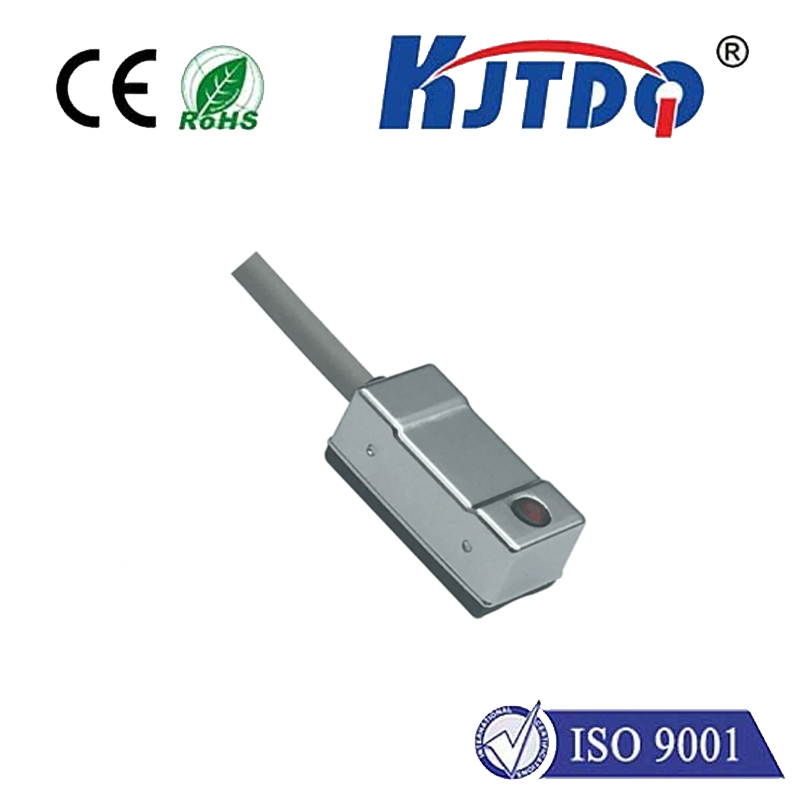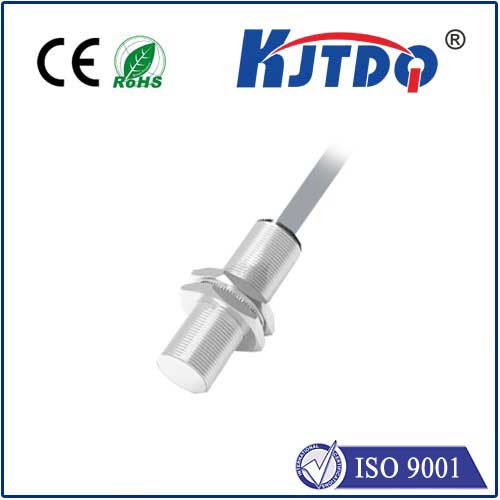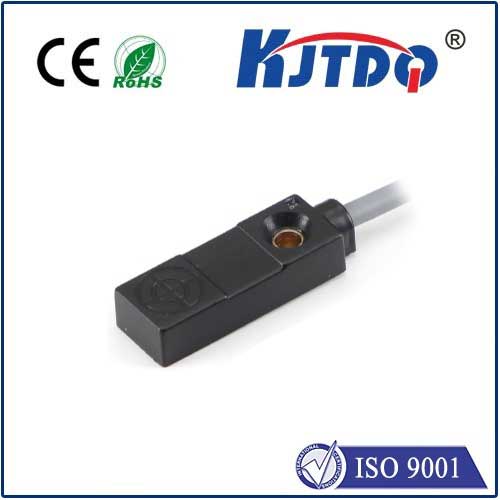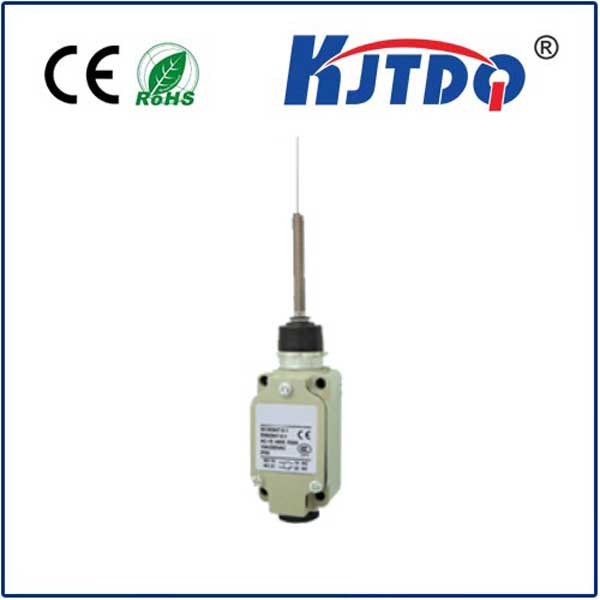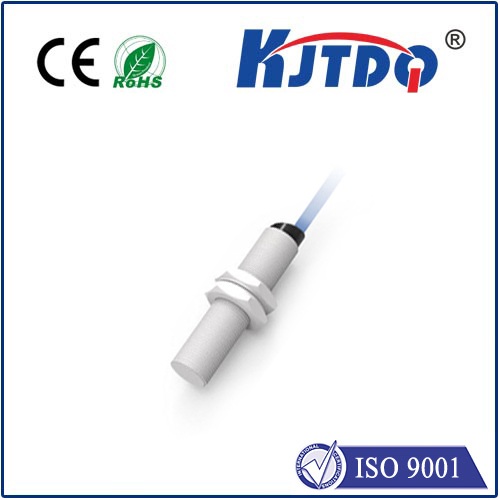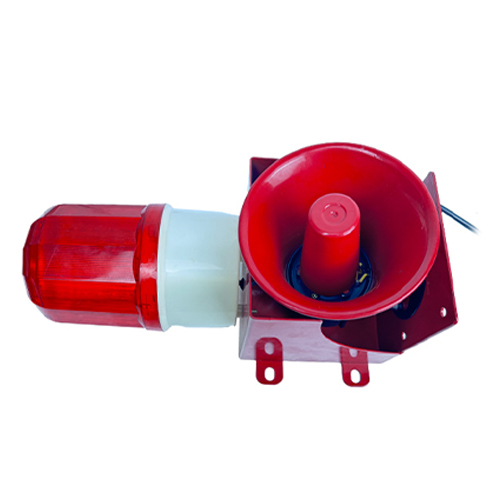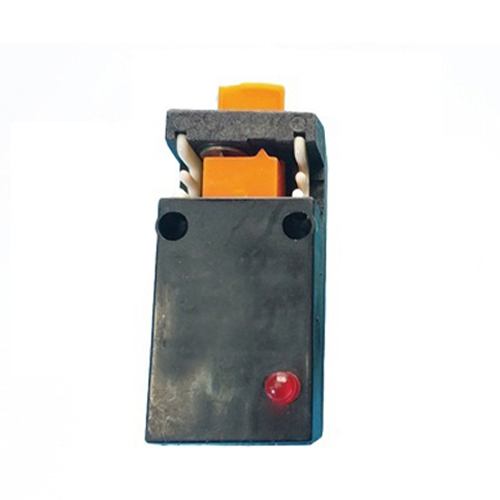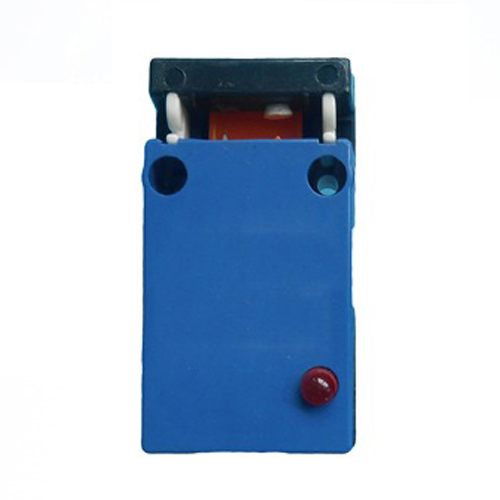

check

check

check

check
Understanding the Z Axis Limit Switch in CNC Machines
In the realm of computer numerical control (CNC) machines, the z axis limit switch is a crucial component that ensures precise and safe operation. This article aims to demystify the role and function of the z axis limit switch, providing clarity on its importance and how it contributes to the overall performance of CNC machines.
The Basics: What is a Z Axis Limit Switch?
To begin with, let's define what a z axis limit switch is. In CNC machines, the z axis refers to the vertical movement of the cutting tool or workpiece. The limit switch, on the other hand, is an electronic device that detects the presence or absence of an object. In the context of the z axis, the limit switch serves as a sensor that determines when the tool or workpiece has reached the upper or lower limits of its travel path.

The Importance of Z Axis Limit Switches
Now that we have established what a z axis limit switch is, let's explore why it is essential. The primary function of the z axis limit switch is to prevent mechanical collisions between the tool and the workpiece, which can cause severe damage to both and potentially lead to costly downtime. By setting predefined limits for the z axis movement, operators can ensure that the machine operates within a safe range, minimizing the risk of accidents and reducing maintenance requirements.
Additionally, the z axis limit switch plays a vital role in maintaining accuracy during machining operations. By detecting when the tool or workpiece has reached its intended position, the switch allows the machine to make precise cuts and measurements, ensuring that the final product meets quality standards.
Configuration and Calibration
Configuring and calibrating the z axis limit switch is critical for optimal performance. This process involves setting the physical location of the switch relative to the machine's travel path and adjusting the parameters within the machine's control software. Operators must take into account factors such as tool length, material thickness, and desired cut depth when configuring the switch. Once properly set up, regular calibration is necessary to maintain accuracy and reliability over time.
Troubleshooting and Maintenance
Despite their robust design, z axis limit switches are not immune to issues. Common problems may include false triggering, failure to trigger, or physical damage due to impact or wear. Troubleshooting these issues often involves checking the electrical connections, cleaning any debris from the switch housing, or replacing damaged components. Regular maintenance, such as periodic cleaning and inspections, can help prolong the lifespan of the switch and prevent unexpected downtime.
Conclusion
In summary, the z axis limit switch is an integral part of CNC machines, ensuring safe and accurate operation by monitoring the vertical movement of tools and workpieces. Proper configuration, regular calibration, and diligent maintenance are all essential practices for keeping this component functioning optimally. As technology continues to advance, understanding the fundamentals of the z axis limit switch will remain a key aspect of effective CNC machine operation and management.

